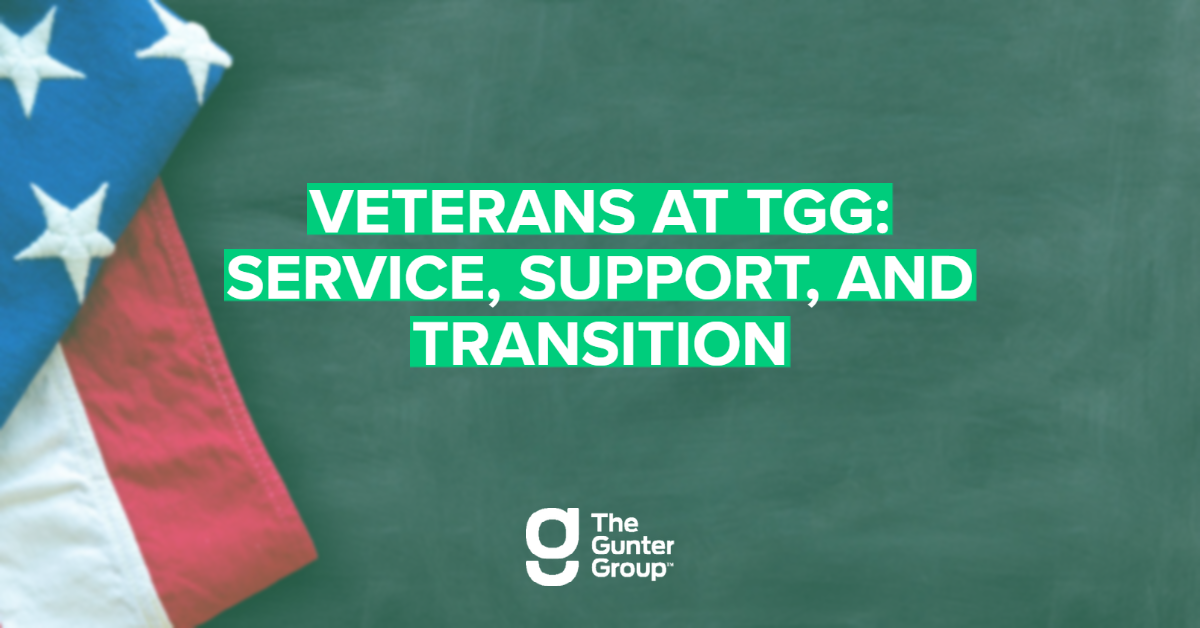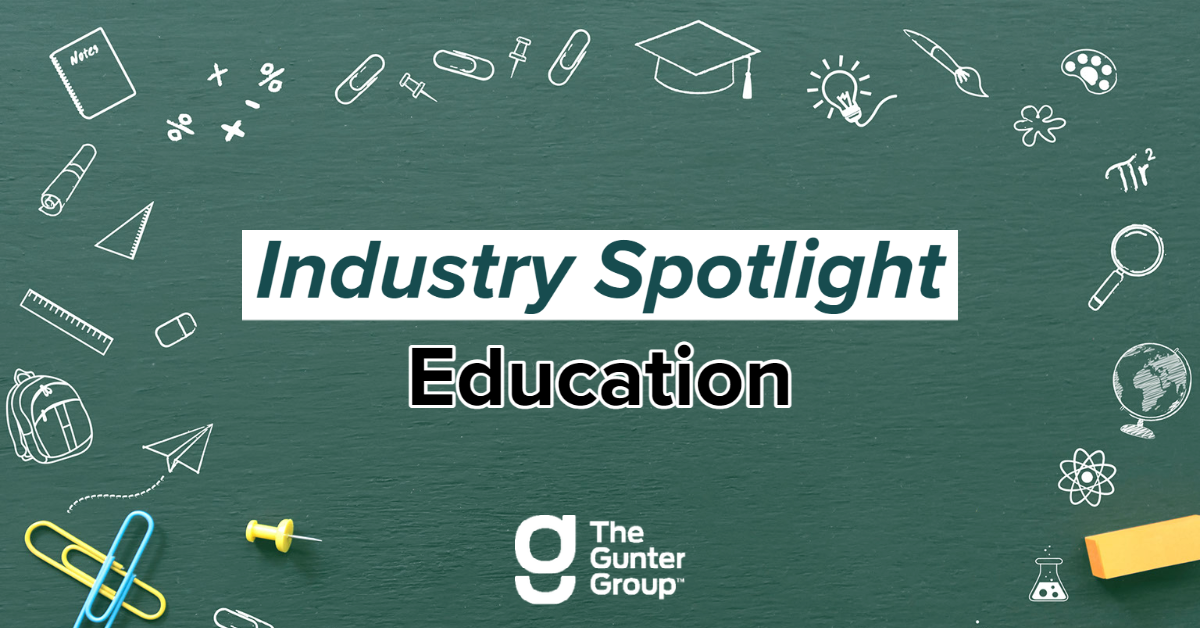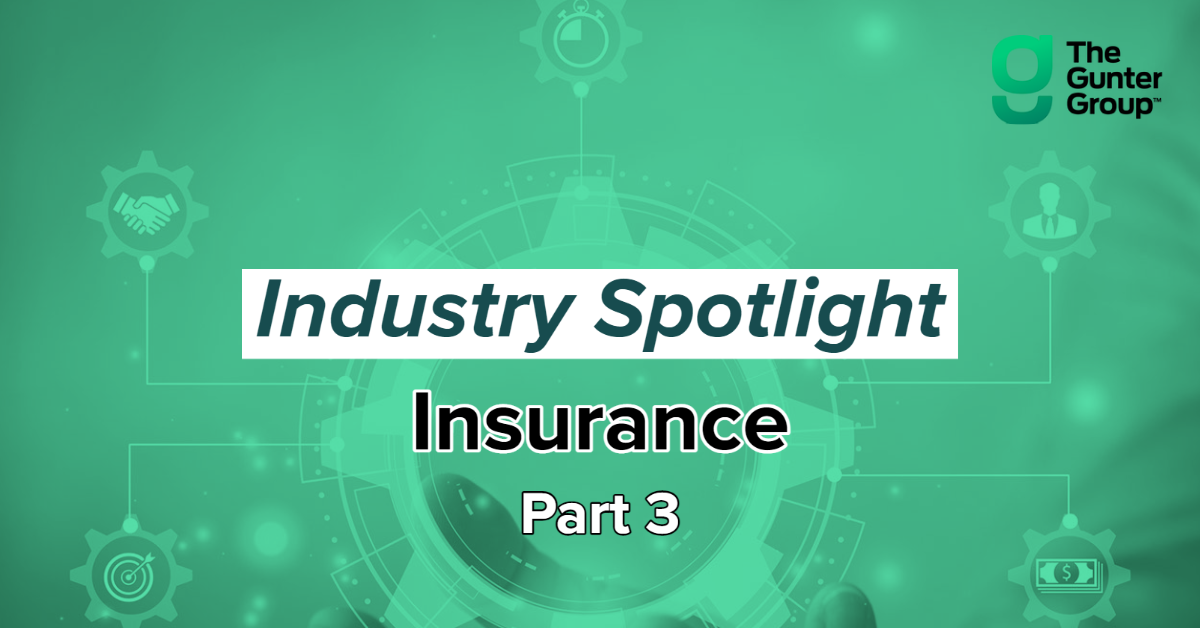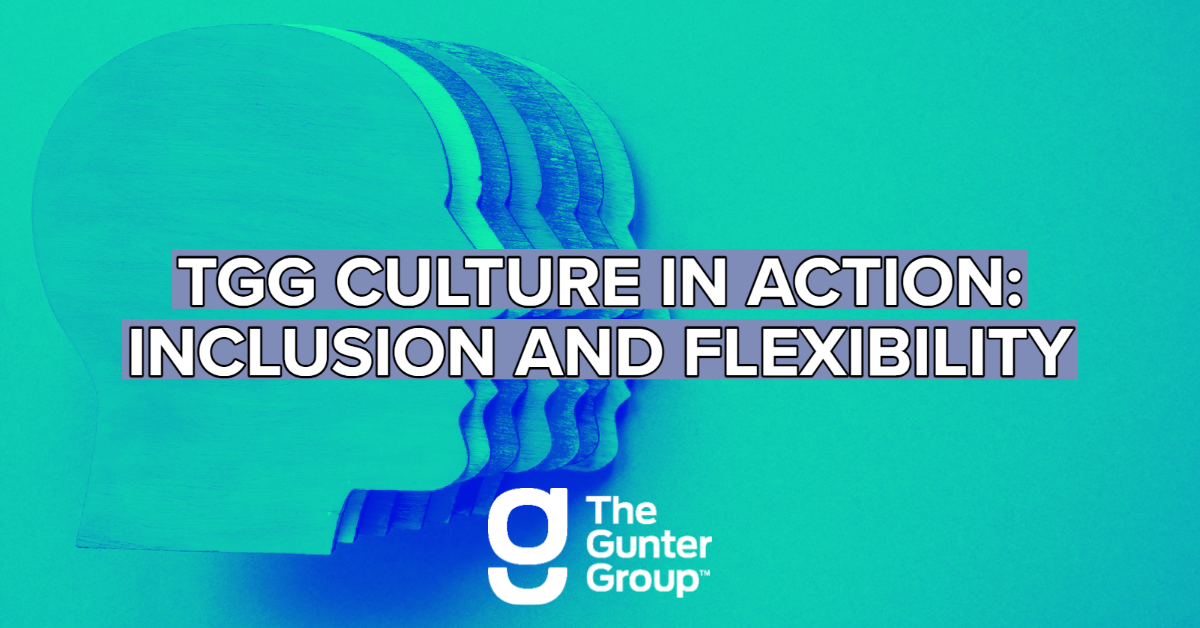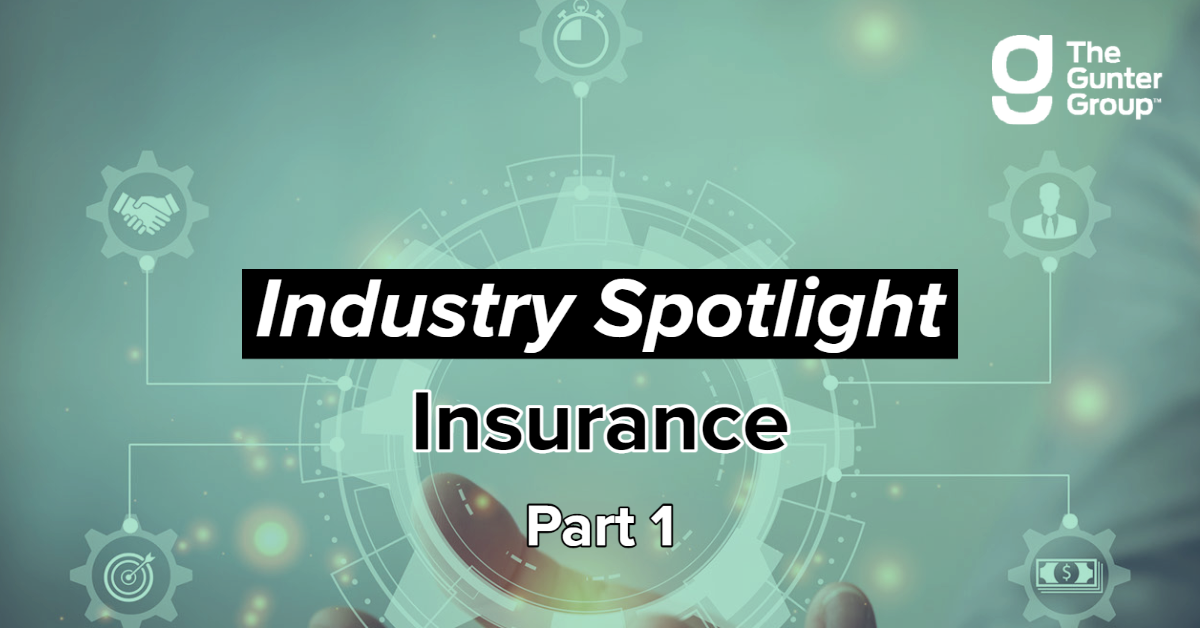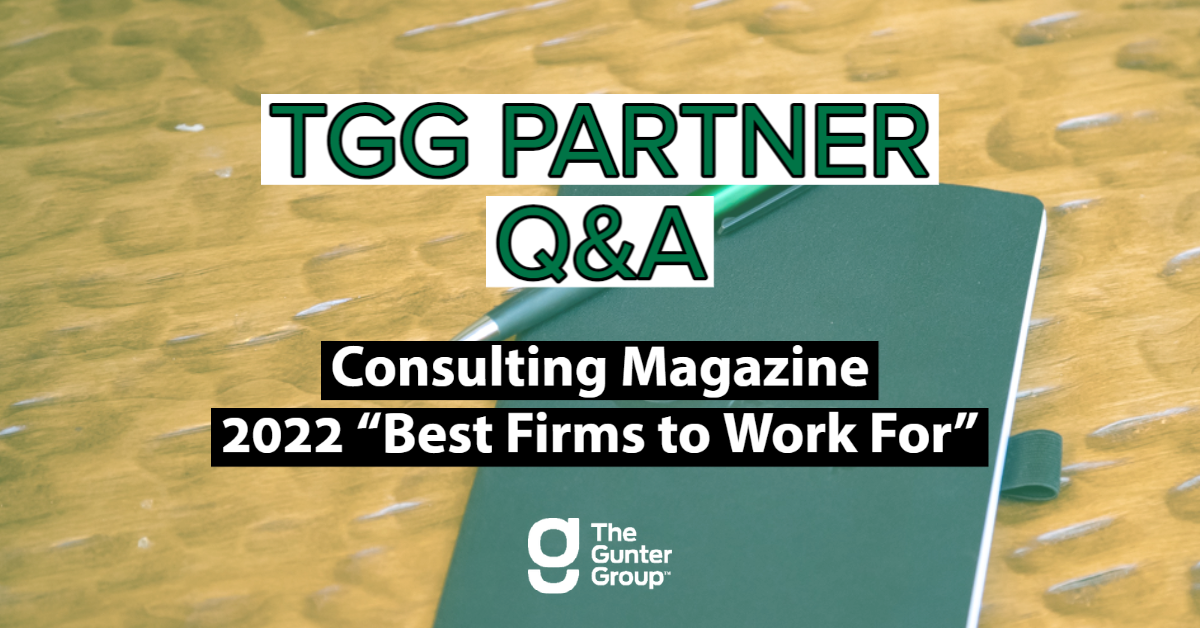A key pillar of our award winning team are veterans who served in our country’s military. Recently we sat down with three veterans and discussed their transition to consulting, what it was like wrapping up their military duties, and advice they have for others transitioning to the private sector.
Tag Archives: Washington
VETERANS AT TGG:
INDUSTRY SPOTLIGHT –
PET CARE
Consultant Lindsey Santamaria discusses her engagement with a national pet care provider, supporting a large-scale Oracle re-implementation project.
INDUSTRY SPOTLIGHT – EDUCATION
Senior Consultant Keith McCarthy shares the impact and details of his recent engagement with a national education and child care provider, supporting a customer experience and data structure initiative.
INDUSTRY SPOTLIGHT – INSURANCE (Part 3)
Decision Insights and Data Services Manager Ande Olson recently completed an engagement with a national insurance carrier supporting an actuarial transformation initiative. In the third part of our industry spotlight, Ande shares how the project came to life and the impact delivered.
TGG CULTURE IN ACTION:
INCLUSION AND FLEXBILITY
TGG Founding Partner Mike Gunter shares about TGG’s inclusive approach to holidays and the value of open conversations and teamwork.
INDUSTRY SPOTLIGHT – INSURANCE (Part 2)
Senior Consultant Frank Gleason recently completed an engagement with a large national insurance provider supporting a data integration and data vendor implementation initiative. In this industry spotlight, Frank discusses his unique approach and the results of the project.
INDUSTRY SPOTLIGHT – INSURANCE (Part 1)
Recently members of our team completed an engagement with a national insurance provider supporting multiple strategic initiatives. In this industry spotlight, we share the process and impact of our team’s work.
TGG RECOGNIZED AS A TOP AGILE SERVICE PROVIDER
The Gunter Group was recently named one of the “10 Most Promising Agile Service Providers” by CIOReview magazine. TGG was identified through a nomination process for its ongoing and impactful agile work across a variety of industries and organizational levels.
TGG PARTNER Q&A:
2022 CONSULTING MAGAZINE BEST FIRMS TO WORK FOR
TGG partner and head of TGG’s Nevada team, Tony Schweiss shares about the impact of being recognized by Consulting Magazine and the significance of being honored nationally for The Gunter Group’s culture and workplace.
